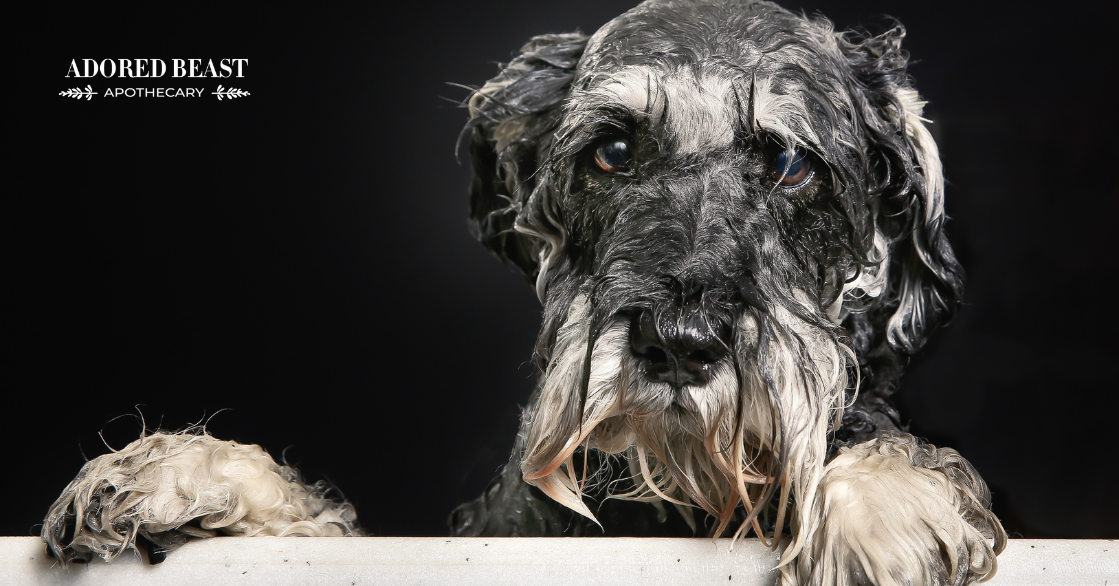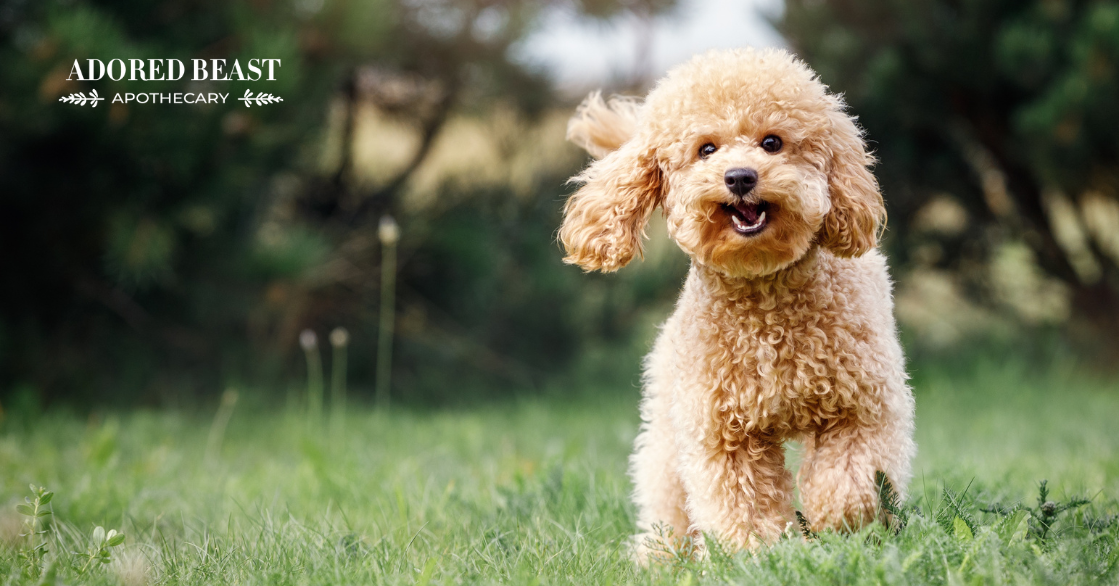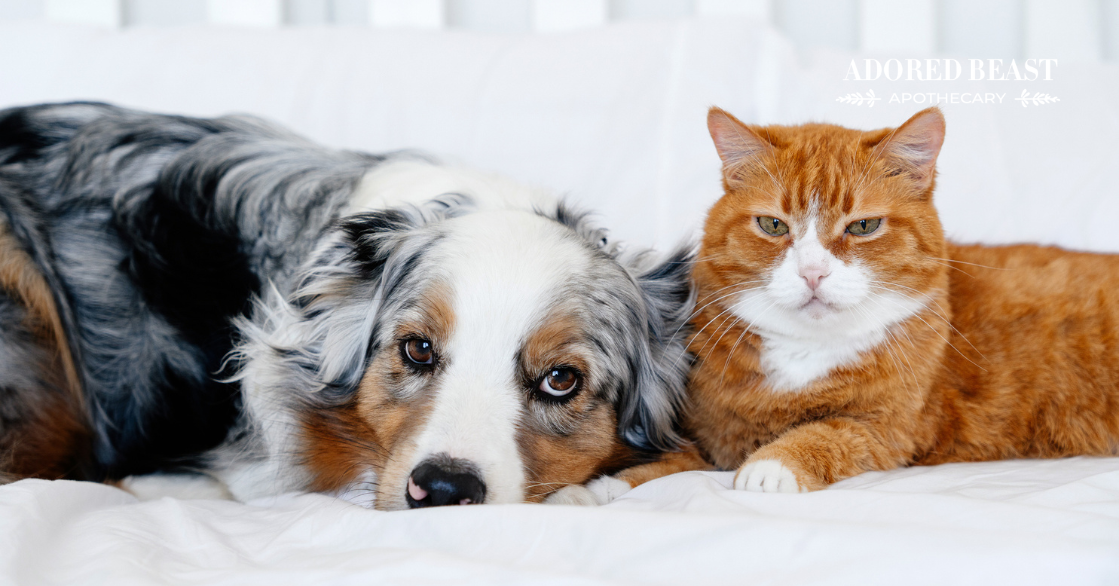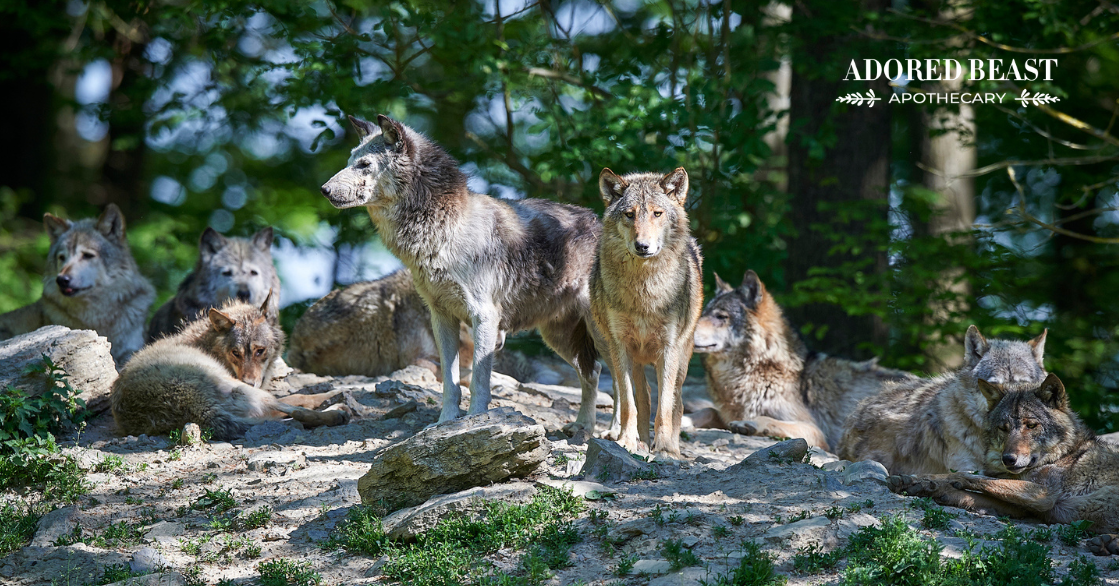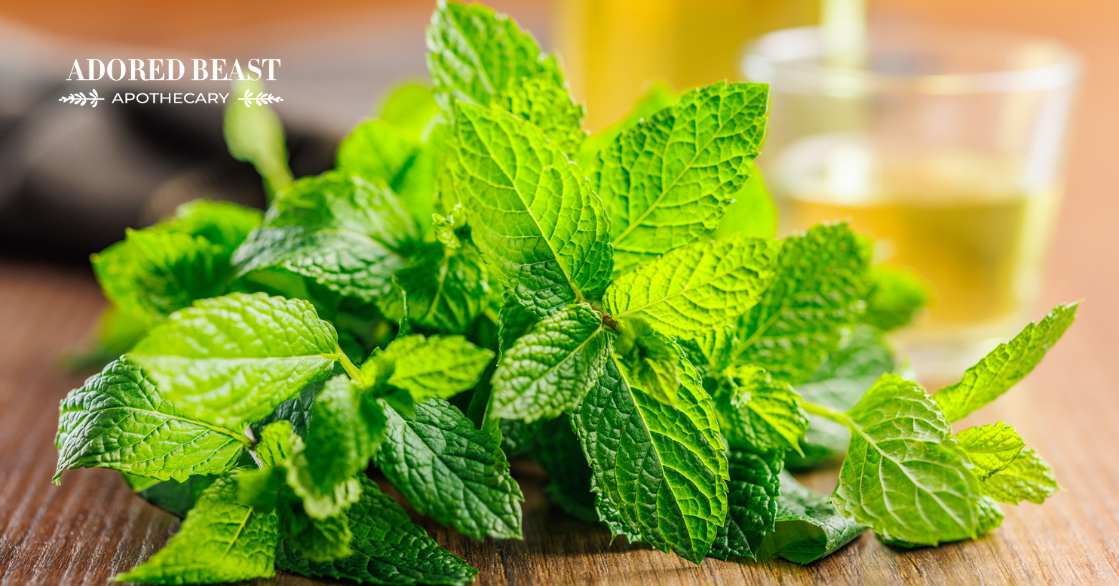In our house, our dogs don’t regularly get baths. Unless they’ve been rolling around in something stinky, or they’re really, really dirty after a hike in the mud (and I mean really dirty), they don’t get baths. Sometimes we’ll just hose them down or go for a swim afterwards, and that does the trick. Brushing and nail trims? For sure. But a full on, lathered up, water and suds all over the bathroom, bath? Nope.
But we know that many dog parents do bathe their dogs, whether regularly or on a semi-frequent basis.
So, if you’re in the latter category, what do you use for dog shampoo? Have you looked carefully at the label, or evaluated the ingredients? Many common ingredients are not ideal – and some are downright BAD!
Today, we want to help you make sure you’re using one that’s safe.
Common Ingredients in Dog Shampoo
First things first: don’t ever use human shampoo on your pup. Shampoos are formulated for average pH levels, and humans’ and dogs’ levels differ. This means, if you use your shampoo on your dog, you could throw their skin pH way out of whack. Hello skin issues!! So, make sure whatever you’re using is specifically for dogs!
But that’s not the only thing to keep in mind. The following ingredients are very common in dog shampoos – and they’re ones we would never use! They can damage your dog’s skin and coat and lead to serious dermatological concerns – or worse! Just like in humans, your dog’s skin is their largest organ. To protect overall health, you have to actively protect the skin.
So, what do you need to stay away from?
1. Methylchloroisothiazolinone
Watch for: methylchloroisothiazolinone, MCI
We’re big believers in really finding out what something is if you can’t pronounce it. And methylchloroisothiazolinone is the perfect example. This is a preservative that’s common in water-based cosmetics and personal care products. It’s also in detergent, paint, and glue.
According to the U.S. Food and Drug Administration, methylchloroisothiazolinone is a standardized chemical allergen. In high concentrations, it’s known to cause chemical burns and it’s a skin and membrane irritant. It’s also a carcinogen and is known for organ poisoning. It is banned in Canada and Japan, but unfortunately, some dog shampoo companies are still using it. If it’s on the label, leave that bottle on the shelf!
2. Paraben Preservatives
Watch for: butylparaben, methylparaben, propylparaben, benzylparaben, ethylparaben, isopropylparaben
Parabens are a group of artificial preservatives that were developed as low cost synthetic chemical preservatives to keep cosmetics from growing bacteria and mold.
That sounds sort of ok. But it doesn’t mean they’re safe. Paraben preservatives can build up in your dog’s body and cause hormonal disruptions and reproductive issues. They are parabens are linked with skin irritation and allergic reactions. Studies going back as far as the 1980s show that parabens can mimic estrogen in the human body and there are suggested links between these chemicals and various types of cancer.
3. Mineral Oil
Watch for: mineral oil, petrolatum, paraffin liquidum, vera microcristallina, ceresine isoparaffin
We love minerals for our dogs – but we don’t want anything to do with mineral oil!
Mineral oil is famous for its moisturizing properties, but that doesn’t mean it’s good for dogs. Mineral oil is a by-product of distilled gasoline made from crude oil. YUCK! It creates an impenetrable layer over the skin, which locks moisture in. Unfortunately, it also locks in all the toxins that the skin would naturally release on its own. To be healthy, the skin needs to breath and get rid of the gunk – not have it trapped inside, building up.
4. Artificial Colours and Fragrances
Watch for: artificial colours, artificial fragrances, phthalates
Let’s be real here – anything artificial probably is a no-go. And do our dogs really care what colour their shampoo is, or how it smells? Nope. If they did, they wouldn’t be rolling in piles of grossness at the side of the road or trail.
But puppy preference is not the only reason to stay away from these ingredients. The term artificial fragrance can be gravely misleading, and fragrances can actually be harmful chemicals like phthalates. Phthalates are chemicals manufacturers use to make plastics to soften and increase flexibility. However, they also disrupt the hormonal balance and can cause damage to the liver, kidneys, lungs, and reproductive system.
5. Formaldehyde Derivatives
Watch for: bromopol, doazolidinyl urea, quaternium-7, -15, -31, -61, imidazolidinyl urea, DMDM hydantoin, sodium hydroxymethylglycinate.
You won’t see formaldehyde on the label. And yes, we mean embalming fluid when we talk formaldehyde. For some odd reason (note the sarcasm here), people didn’t like the idea of using embalming fluid on their pets. Enter: new “safer” formula. And although the new formula releases less formaldehyde that the previous formula, any amount is a no-go in our books. It’s known to cause skin issues, so stay away.
6. Sodium Lauryl Sulfate and Sodium Laureth Sulfate
Watch for: sodium lauryl sulfate, SLS, sodium laureth sulfate
Both of these are cleaning agents commonly found in household cleaning products. They’re also irritants, particularly for the eyes and skin, and sodium lauryl sulfate is a known carcinogen. Both are also commonly contaminated with other solvents and chemicals during the manufacturing process.
7. Cocamides
Watch for: cocamide-MEA, cocamide-TEA, cocamide-DEA
Cocamides come from coconut, which can be misleading. These ingredients are processed to such an extent that they lose their healing properties and become harmful. They’re known for disrupting the body’s pH levels, disrupting hormonal balance, and damaging organs in dogs.
They may also contain nitrosamines, a class of chemicals that are thought to be carcinogenic, have reproductive toxicity, developmental toxicity, and organ system toxicity.
8. Polyethylene Glycol
Watch for: polyethylene glycol, PEG
Polyethylene glycol is a mixture of bonded polymer plastic compounds combined with glycol. It’s used in paints, wood treatments, detergents, cleaners, and coatings. Like mineral oil, it helps the skin retain moisture, which is why some companies add it to dog shampoo. The problem is, it’s also a “penetration enhancer” – meaning it’s a carrier for other chemicals that helps them cross through the skin and into the bloodstream. And warnings from the Cosmetic Ingredient Review board suggest not using it on damaged skin, and washing skin thoroughly after any contact… that can’t be good.
**NOTE: While this post is specifically referring to dogs, it holds true for every animal and humans too!
How to Find a Safe Shampoo
It’s not all doom and gloom. The skin microbiome plays a crucial role in keeping the skin healthy. Your dog’s skin is constantly working to maintain a healthy balance, and the oils and good bacteria work in synergy to create a happy, healthy environment. However, if you just have to wash, there are safe alternatives to the chemical-laden products on so many store shelves.
Here are a few tips:
- Avoid all dog shampoo ingredients that you can’t pronounce. Unless you’re sure, do some research and make sure that what you’re using won’t harm your dog. Look for shampoos with limited ingredients.
- Go for organic whenever possible. Certified organic products are rigorously tested and regulated.
- Don’t be fooled by “natural” on the label. Dog shampoos are not well regulated, and many, many products use the term natural on their labels for marketing purposes. That doesn’t mean the ingredients are actually natural as you would think them to be.
- Make a probiotic mask! We use 1/2 TSP Love Bugs and 3 TBSP organic kefir or yogurt. Mix well and apply topically – do your best to leave it on for half an hour, then rinse with warm water.
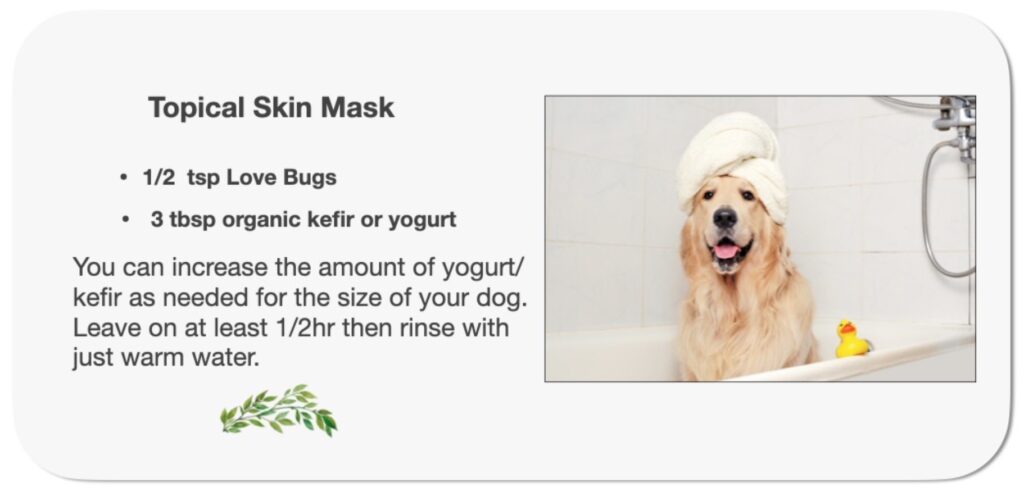
When it comes to dog shampoo, a little research can go a long way. Anything you put on your dog’s skin soaks in, and since it’s the body’s largest organ, we want to make sure that only good stuff is used. By carefully selecting only safe ingredients, and leaving bad ones out of the mix, you’re helping ensure that your dog is protected. There’s clean, and then there’s CLEAN! Happy bathing!

